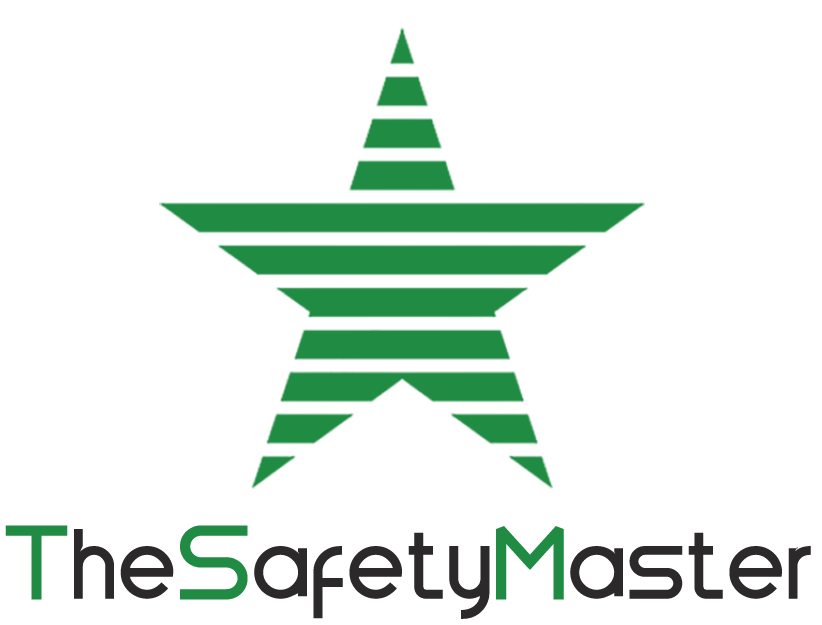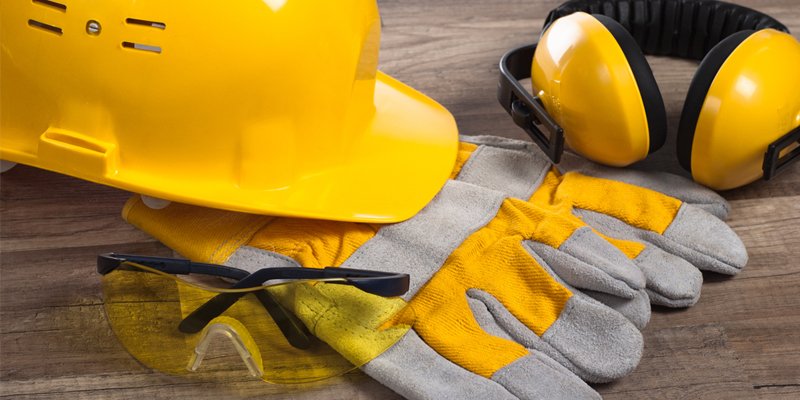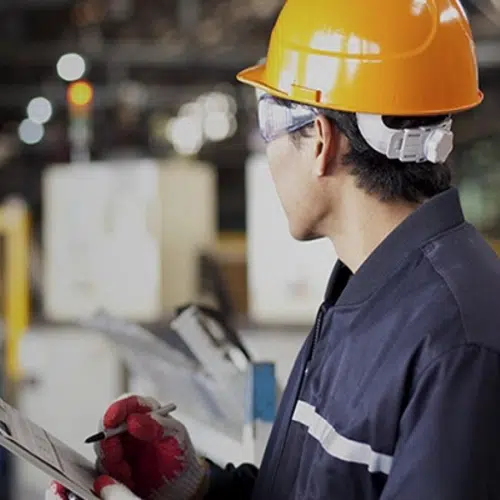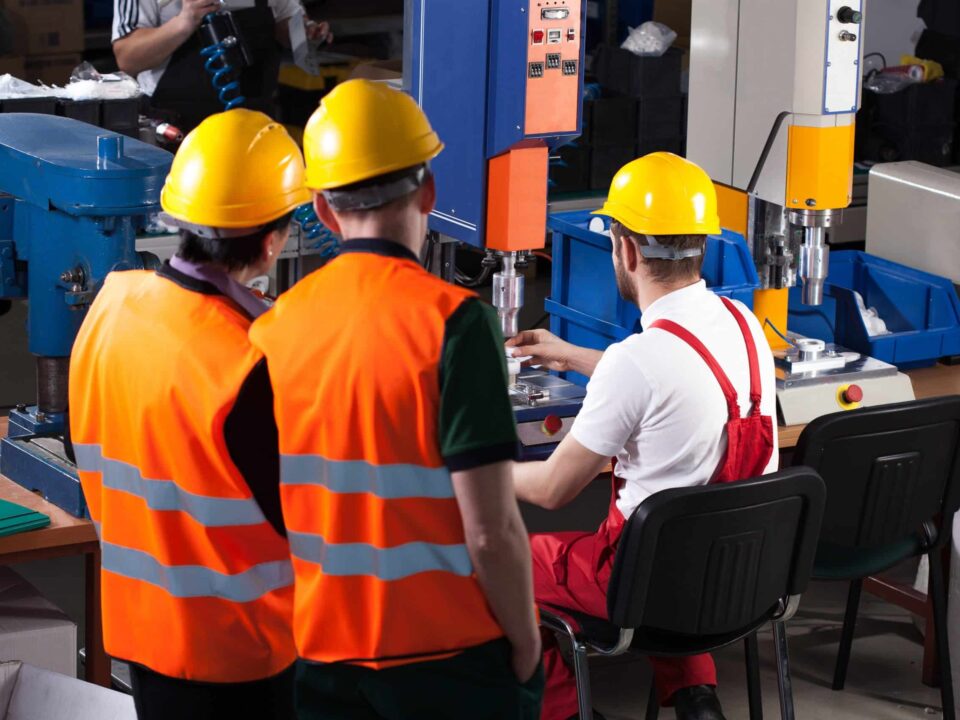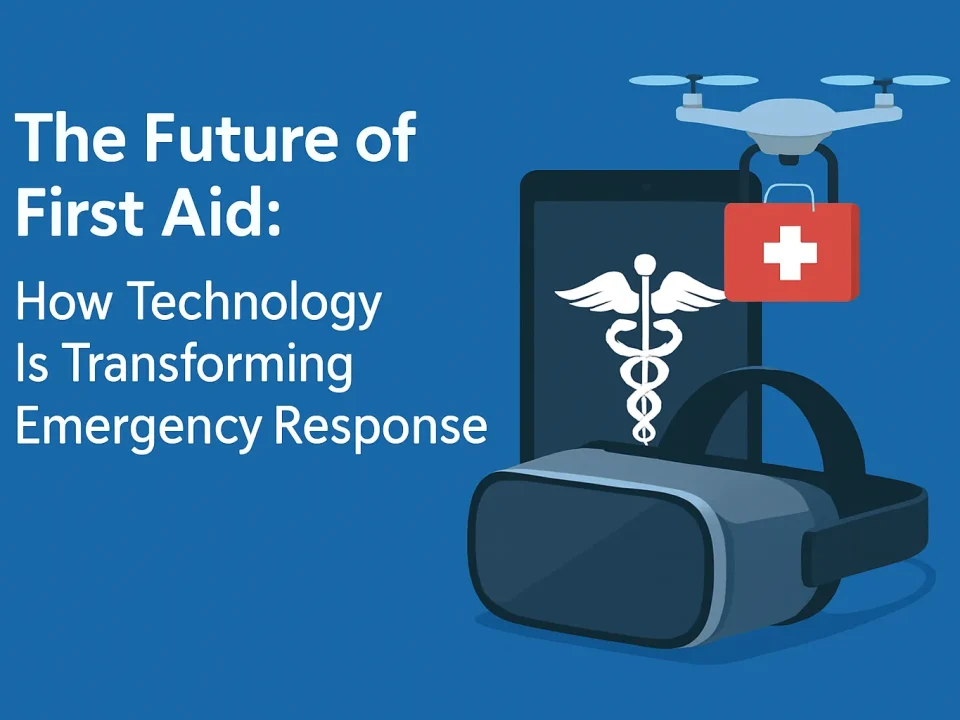Donning and Doffing PPE: Proper Order, Meaning, and Best Practices for Using Personal Protective Equipment

Digital & Data-Driven HAZOP: How Innovation Is Transforming Traditional Process Safety Study
October 27, 2025Introduction
In every safety-driven industry — from healthcare and laboratories to manufacturing and construction — knowing how to correctly handle donning and doffing personal protective equipment is essential. The process of donning PPE means properly putting on safety gear before entering a hazardous environment, while doffing refers to removing it safely afterward. Understanding donning PPE meaning isn’t just about routine—it’s a crucial step that prevents contamination and exposure to harmful substances.
Following the correct donning PPE order—from hand hygiene to securing gloves—ensures every layer of protection works as intended. Workers who consistently don protective equipment the right way help maintain not only their safety but also the overall health standards of their workplace. In short, mastering the donning and doffing process is the foundation of effective personal protection.
What Does Donning PPE Mean?
The term donning PPE refers to the process of correctly putting on personal protective equipment before coming into contact with any hazardous environment. Understanding donning PPE meaning is fundamental to workplace safety, especially in fields like healthcare, chemical handling, or construction. Properly donning ensures that every layer of protection—from gloves and gowns to masks and eye shields—is secure and effective.
In simple terms, donning PPE means taking the right precautions before potential exposure to biological, chemical, or physical risks. Each step in this process is designed to create a barrier between the worker and the hazard. When done systematically, donning PPE minimizes contamination risks, prevents injury, and upholds the highest safety standards across all professional settings.
Understanding the Importance of Doffing PPE
While donning PPE focuses on wearing protective gear correctly, doffing PPE refers to the safe and systematic removal of that equipment after potential exposure to hazards. This process is just as critical as donning because removing contaminated gear incorrectly can lead to direct exposure to harmful substances, pathogens, or infectious materials.
Incorrect doffing is one of the most common causes of self-contamination, especially in healthcare and laboratory settings. Touching contaminated surfaces, removing gloves or masks carelessly, or skipping hand hygiene can transfer hazardous particles to the skin or clothes.
To ensure safety, both OSHA (Occupational Safety and Health Administration) and the World Health Organization (WHO) emphasize proper training on PPE removal techniques. Workers should receive step-by-step instruction, visual demonstrations, and regular refresher courses to build muscle memory for safe doffing. When practiced correctly, doffing PPE prevents contamination and maintains the integrity of workplace safety protocols.
Step-by-Step Donning PPE Order
Following the correct donning PPE order is crucial to ensure that every protective layer serves its purpose effectively. Before entering a hazardous area, employees must prepare themselves methodically to minimize exposure and maintain a sterile environment. Below is the standard sequence recommended by safety authorities:
- Hand Hygiene: Start by washing or sanitizing your hands thoroughly to remove any dirt or microorganisms. Clean hands are the foundation of a safe PPE application.
- Gown: Wear the protective gown, ensuring it covers the torso from neck to knees and the arms up to the wrists. Fasten securely at the back.
- Mask or Respirator: Put on your mask or respirator, adjusting the fit to create an effective seal that prevents airborne particles from entering.
- Eye Protection: Add goggles or a face shield to protect against splashes, droplets, or other hazardous materials.
- Gloves: Finally, wear gloves that fully cover the cuffs of the gown to complete your protective barrier.
By following this sequence, workers correctly don protective equipment, ensuring full protection from biological, chemical, or physical risks.
Proper PPE usage aligns with broader workplace safety programs such as Hazop Study and Fire Audit, which assess potential hazards and help maintain compliance with safety standards. Implementing these measures ensures not only personal protection but also the overall integrity of the safety management system.
Safe Doffing Sequence of PPE
Just as putting on protective equipment in the right order is critical, removing it safely is equally important to avoid contamination. The doffing sequence should always be performed slowly, carefully, and in a designated clean area to ensure safety.
Here’s the correct safe doffing sequence of PPE:
- Gloves: Remove the gloves first, as they are the most likely to be contaminated. Use a glove-in-glove technique to avoid touching your skin.
- Gown: Unfasten the gown from behind, roll it inside out, and discard it without shaking to prevent the spread of contaminants.
- Hand Hygiene: Clean your hands immediately after removing the gloves and gown. Use alcohol-based sanitizer or wash thoroughly with soap and water.
- Face Shield or Goggles: Handle by the headband or earpieces only, and avoid touching the front surface.
- Mask or Respirator: Remove the mask last by handling only the straps. Never touch the front of the mask, as it may contain infectious particles.
Disposal and Sanitization:
After doffing, place all disposable PPE items in designated biohazard or medical waste bins. Reusable equipment such as goggles or face shields must be disinfected using approved cleaning agents. Finally, perform hand hygiene again to ensure complete safety.
This systematic approach to doffing ensures minimal risk of contamination and maintains a safe environment for workers and patients alike.
Common Mistakes to Avoid While Donning and Doffing
Even well-trained professionals can make small mistakes while handling PPE, which can lead to major safety risks. Awareness of these errors is the first step toward preventing them. Here are some of the most common mistakes to avoid during donning and doffing personal protective equipment:
- Touching contaminated surfaces: One of the most frequent errors is adjusting or touching PPE surfaces that may already be contaminated. Always assume the outer surface is unsafe once exposed and avoid unnecessary contact.
- Skipping hand hygiene: Neglecting to wash or sanitize hands before and after each PPE step can transfer pathogens directly to the skin or face. Hand hygiene should be performed multiple times — before donning, after doffing, and whenever contamination is suspected.
- Improper mask or respirator fitting: A loose mask fails to create an effective seal, allowing airborne particles to enter. Always check for proper fit by adjusting straps and ensuring no air leakage around the nose or chin.
- Incorrect sequence: Donning or removing PPE out of order can expose skin or clothing to hazardous materials. Following the recommended donning PPE order and safe doffing steps is non-negotiable for safety.
Expert Advice:
Safety specialists recommend performing PPE training drills regularly to build consistent habits. Supervisors should also monitor PPE procedures in real time to correct mistakes on the spot. Using checklists and mirrors, maintaining a clean doffing area, and disposing of gear correctly are simple but powerful steps to prevent contamination.
Proper awareness and discipline in PPE handling save lives — and no shortcut is worth the risk.
Training and Compliance for PPE Safety
Effective PPE use goes beyond just following the right steps — it requires consistent training, monitoring, and compliance to make safety a habit. This is where The Safety Master plays a crucial role. With years of experience in industrial safety and risk management, The Safety Master provides specialized programs designed to strengthen workplace safety culture and ensure regulatory compliance.
Through its comprehensive Workplace Safety Training programs, employees learn the correct procedures for donning and doffing personal protective equipment, understanding contamination risks, and maintaining hygiene standards. These sessions include hands-on demonstrations, visual guides, and live supervision to ensure every worker masters the correct donning PPE order and safe removal techniques.
Additionally, The Safety Master conducts detailed Behavior-Based Safety audits and performance evaluations to identify unsafe practices and correct them in real time. Regular PPE compliance checks, refresher sessions, and certification programs ensure that both new and experienced workers maintain the highest safety standards.
By combining expert-led training, compliance audits, and real-world simulations, The Safety Master empowers organizations to build safer, more disciplined workplaces — where don protective equipment isn’t just a rule but a routine for protection and professionalism.
Conclusion
Personal protective equipment serves as the first line of defense against workplace hazards — but it’s only effective when used correctly. No matter how advanced or durable the gear is, it cannot offer full protection if employees fail to don and doff PPE in the right sequence. Proper donning PPE order and careful removal procedures significantly reduce the risk of contamination, injury, or exposure to harmful substances.
Organizations must prioritize regular PPE training, refreshers, and on-site supervision to ensure every employee understands and follows established safety standards. Partnering with professional safety consultants like The Safety Master helps maintain compliance, reinforce correct practices, and create a culture where safety is second nature. Ultimately, consistency, training, and awareness transform PPE from a basic requirement into a reliable shield for every worker.
